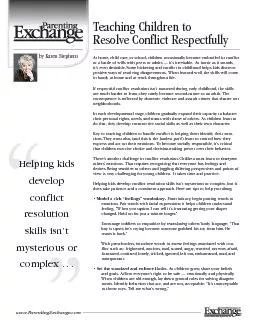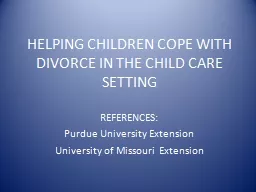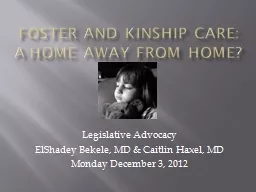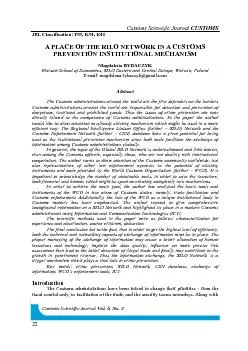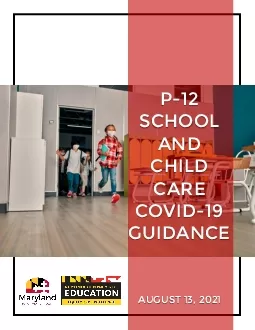PDF-Teaching Children toAt home,child care,or school,children occasionally
Author : cheryl-pisano | Published Date : 2016-07-23
Tell children they can feel any way they wishbut they must control what they doIllustratethe behavior you expectIf you don
Presentation Embed Code
Download Presentation
Download Presentation The PPT/PDF document "Teaching Children toAt home,child care,o..." is the property of its rightful owner. Permission is granted to download and print the materials on this website for personal, non-commercial use only, and to display it on your personal computer provided you do not modify the materials and that you retain all copyright notices contained in the materials. By downloading content from our website, you accept the terms of this agreement.
Teaching Children toAt home,child care,or school,children occasionally: Transcript
Download Rules Of Document
"Teaching Children toAt home,child care,or school,children occasionally"The content belongs to its owner. You may download and print it for personal use, without modification, and keep all copyright notices. By downloading, you agree to these terms.
Related Documents

